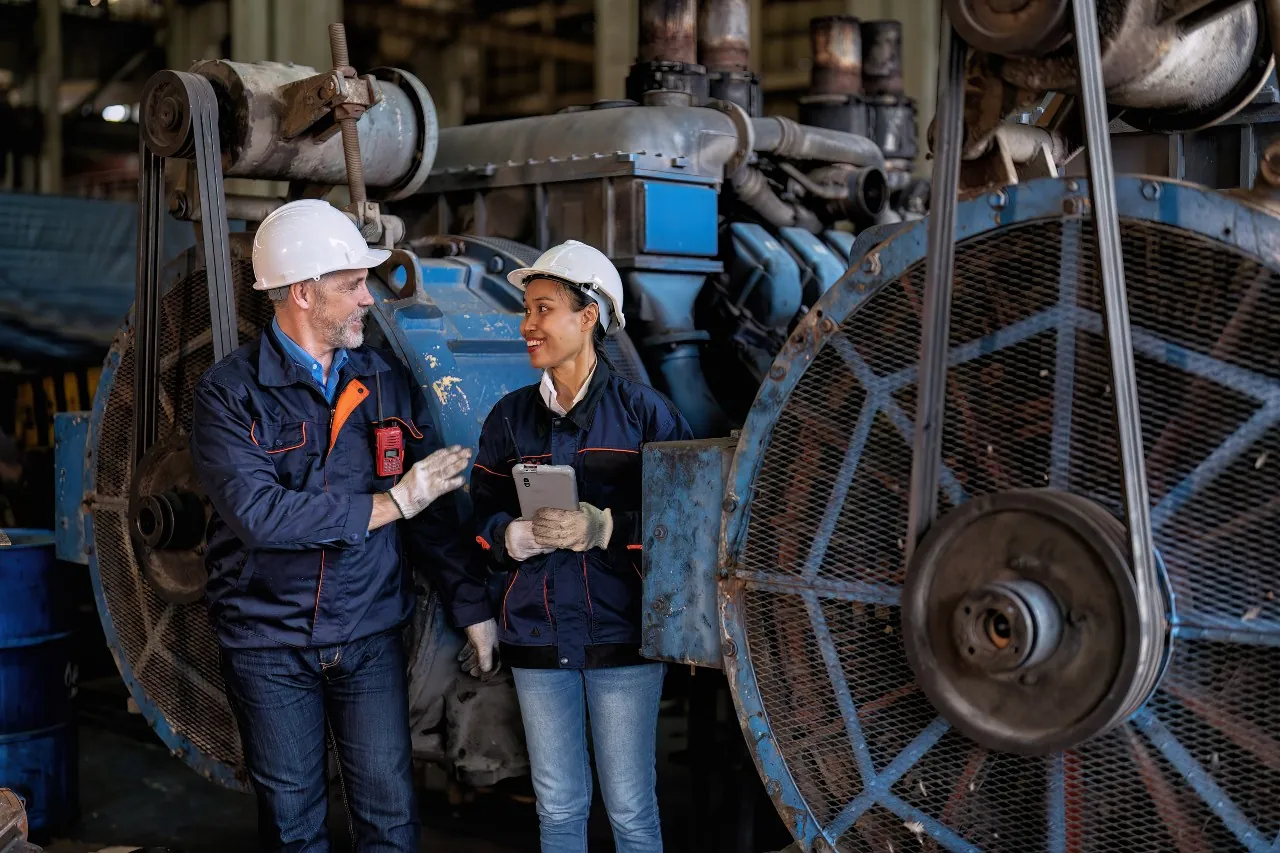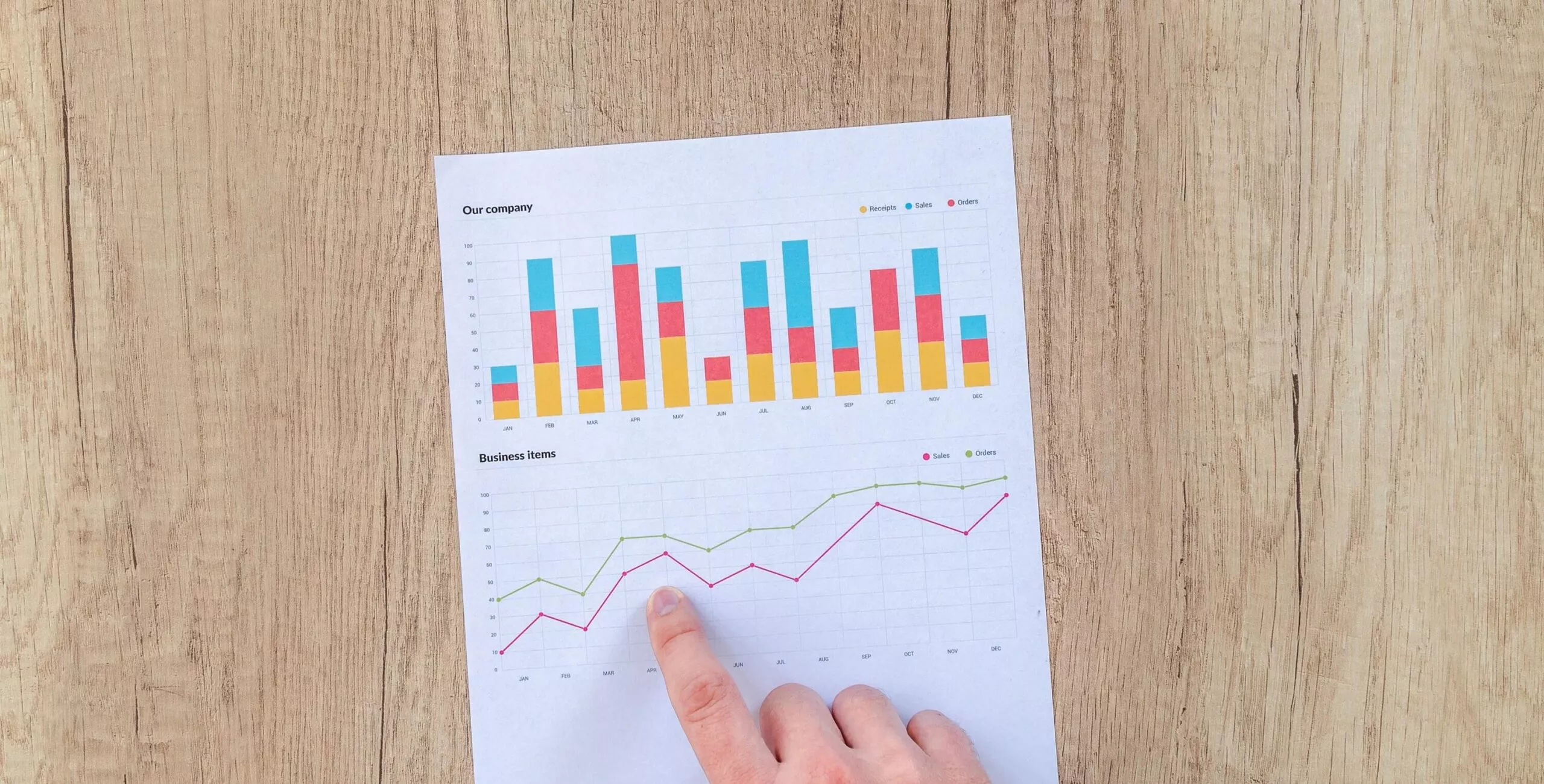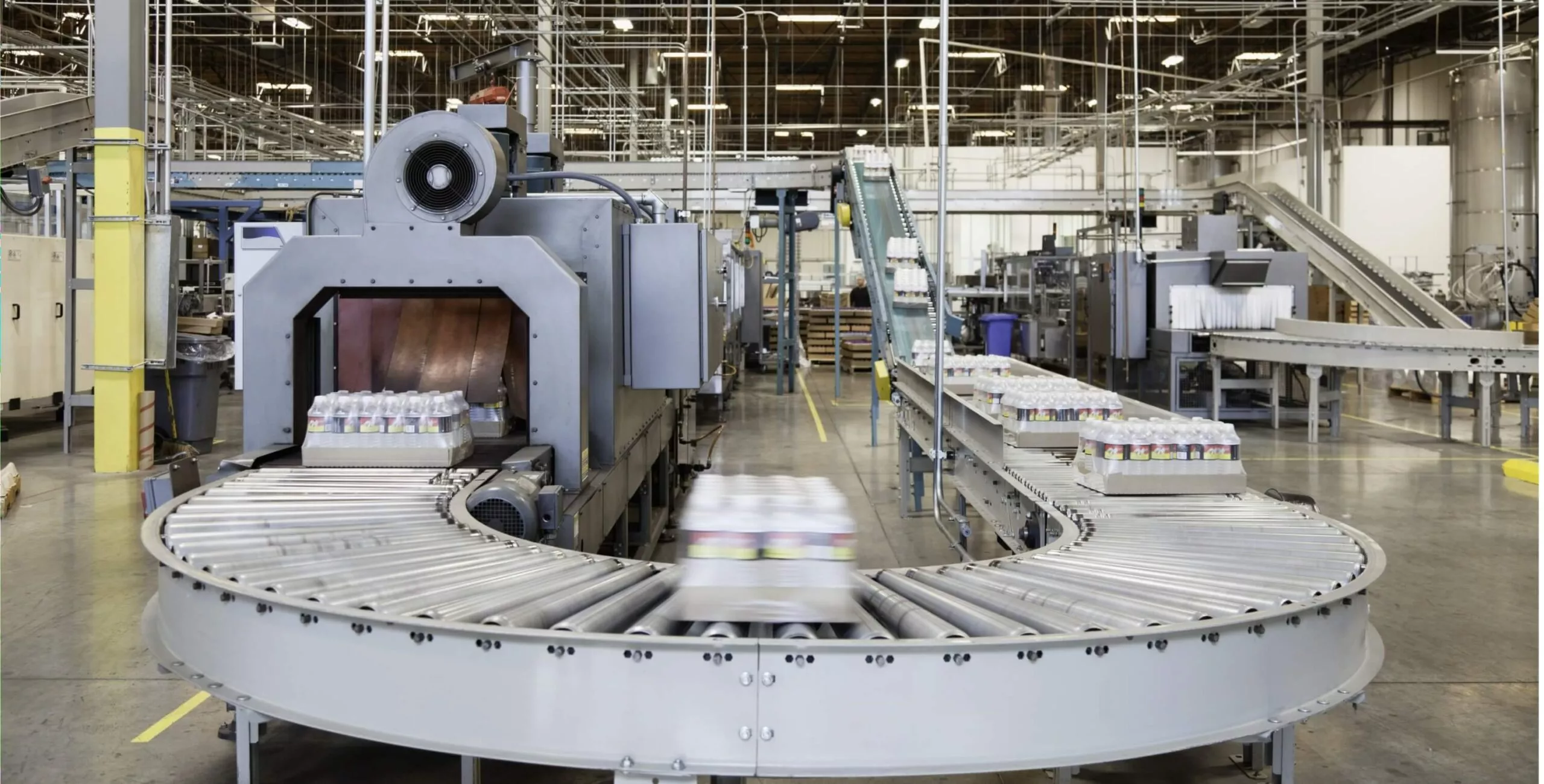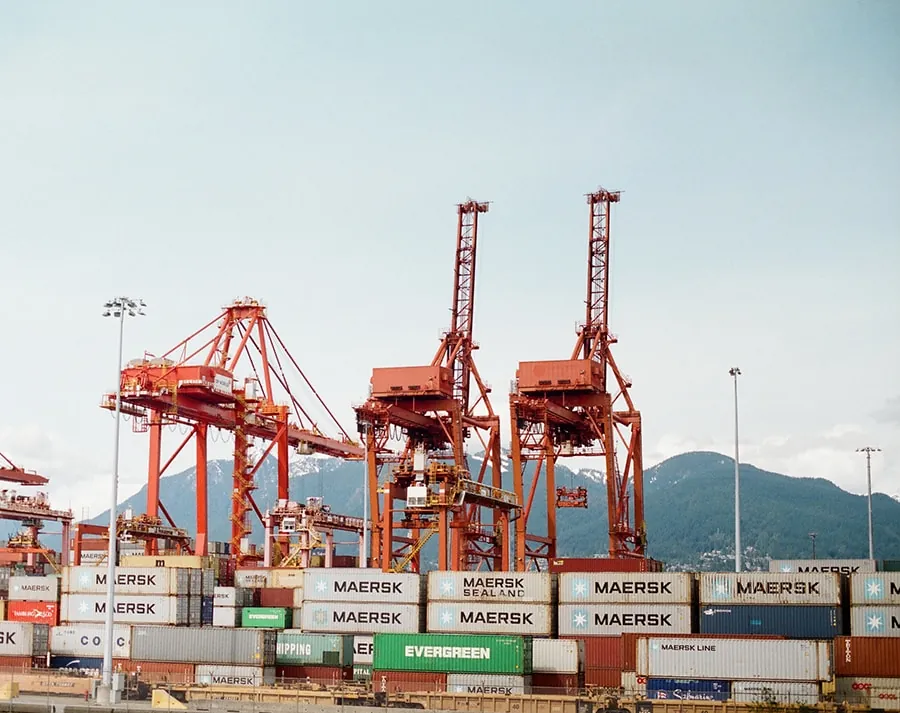Maintenance and reliability are two sides of the same coin when it comes to the longevity and efficiency of any system or asset. Often used interchangeably, these terms represent different yet interconnected concepts. Reliability refers to the ability of a system to perform its intended function without failure for a specified period under given conditions.
Maintenance, on the other hand, involves the actions taken to preserve or restore a system to an acceptable state. While reliability is the desired outcome, maintenance is the proactive strategy to achieve it. This article delves into the relationship between maintenance and reliability, exploring how they influence each other and contribute to overall operational success.
What is Maintenance?
Maintenance is essentially the process of keeping something in good working order. In the context of machinery or equipment, it involves a series of actions aimed at preventing breakdowns, extending lifespan, and ensuring optimal performance.
There are 4 primary types of maintenance:
- Reactive Maintenance: This is the most basic type of maintenance and involves fixing equipment only after it breaks down. While it may seem cost-effective in the short term, reactive maintenance can lead to significant downtime, production losses, and safety risks.
- Preventive Maintenance: This approach focuses on preventing equipment failures through regular inspections, cleaning, and part replacements based on a predetermined schedule. Preventive maintenance helps extend equipment life, reduce breakdowns, and improve overall efficiency.
- predictive maintenance: A more advanced method, predictive maintenance uses data and technology to predict when equipment is likely to fail. By monitoring equipment performance through sensors and analytics, businesses can schedule maintenance proactively, minimizing unexpected downtime.
- Breakdown Maintenance: This is essentially the same as reactive maintenance, but with the added step of analyzing the cause of the breakdown to prevent future occurrences. While it addresses the immediate problem, it doesn’t prevent future breakdowns.
What is Reliability?
Reliability is a measure of how consistently a product or system performs its intended function without failing. In simpler terms, it’s about how dependable something is. A reliable product will function as expected for a long period without frequent breakdowns.
To quantify reliability, several metrics are used:
Failure Rate
The failure rate is a measurement of how often a system or part is likely to break down over a specific period.
It’s often shown as the number of breakdowns per unit of time (like per hour or year).
Failure rate (λ) = (number of failures) / (total operating time)
Example: If a new factory runs for 1000 hours and has 5 breakdowns, λ = 5 / 1000 = 0.005 breakdowns per hour.
- Pros: Easy to calculate, shows how often failures happen.
- Cons: Doesn’t consider how old the equipment is or how bad the failures were.
Mean Time Between Failures (MTBF)
MTBF (Mean Time Between Failures) measures how long a system or component can run on average before it fails. It helps in understanding the reliability of the equipment.
To calculate MTBF, divide the total operating time by the number of failures during that time.
MTBF = (total operating time) / (number of failures)
For example, if a group of machines has operated for 12,000 hours and has had 15 failures, the MTBF is: MTBF = 12,000 / 15 = 800 hours.
- Pros: Gives an idea of how reliable the equipment is by showing the average time between failures. Helps with maintenance planning and predicting potential downtimes.
- Cons: Doesn’t consider changes in operating conditions or usage patterns.
Mean Time to Repair (MTTR)
MTTR (Mean Time to Repair) is a measure of the average time it takes to repair a system or component after a failure has occurred.
It is calculated by dividing the total downtime by the number of repairs during that time.
MTTR = (total downtime) / (number of repairs)
For example, if a fleet of machines has experienced a total downtime of 1,000 hours and there have been 25 repairs, the MTTR = 1,000 / 25 = 40 hours.
- Pros: Provides a clear indication of how long it typically takes to restore functionality after a failure.
- Cons: Does not account for factors like the severity of the failure or the availability of repair resources, which can affect repair time.
Availability
Availability refers to the proportion of time that a system or component is functional and ready to perform its intended duties.
It is typically expressed as a percentage and includes both planned downtime for maintenance and unplanned downtime caused by failures or other issues. The formula for calculating availability is:
Availability = (Total Operating Time – Downtime) / Total Operating Time
For example, if a factory operates continuously for a year but experiences 100 hours of unscheduled downtime, the calculation would be:
Availability = (24 hours/day × 365 days – 100 hours) / (24 hours/day × 365 days). This results in an availability of approximately 99.6%.
- Pros: It provides a clear measure of how frequently the system is available for use.
- Cons: It does not reflect the impact or severity of the downtime.
Relationship Between Maintenance and Reliability
Maintenance and reliability are closely connected. Proper maintenance helps keep things running smoothly by preventing breakdowns and extending their lifespan. At the same time, understanding reliability helps us plan better maintenance to maximize performance and minimize downtime. By working together, maintenance and reliability improve operations, save money, and increase productivity in many different industries.
The 5 Pillars of Maintenance and Reliability
-
Performance Management
This involves setting clear goals and measuring how well your maintenance efforts are achieving them. By tracking key performance indicators (KPIs) like equipment uptime, repair costs, and mean time between failures (MTBF), you can identify areas for improvement.
-
Asset Management
Effective asset management focuses on understanding and optimizing the use of your assets. It includes tasks such as asset tracking, condition monitoring, and life cycle planning. By knowing the condition and capabilities of your assets, you can make informed decisions about maintenance and replacement.
-
Materials Management
This pillar ensures that the right materials are available at the right time. It involves inventory management, purchasing, and supply chain management. By having the necessary parts and supplies on hand, you can minimize downtime caused by material shortages.
-
Business Processes
Efficient business processes streamline maintenance operations. This includes work order management, scheduling, planning, and reporting. By optimizing these processes, you can improve productivity and reduce costs.
-
Workforce Management
Your team is the backbone of your maintenance program. Workforce management involves recruiting, training, developing, and retaining skilled employees. By investing in your workforce, you can build a high-performing maintenance team capable of delivering excellent results.
Closing Thoughts
Maintenance and reliability are essential for ensuring the smooth operation and longevity of systems and assets. By understanding their relationship and implementing strategies that support both, you can minimize downtime, extend the life of your assets, and enhance overall performance. Investing in these areas will not only reduce costs but also lead to a more efficient and productive operation.
Start improving your maintenance system today with a focus on efficiency and reliability with NEXGEN!






